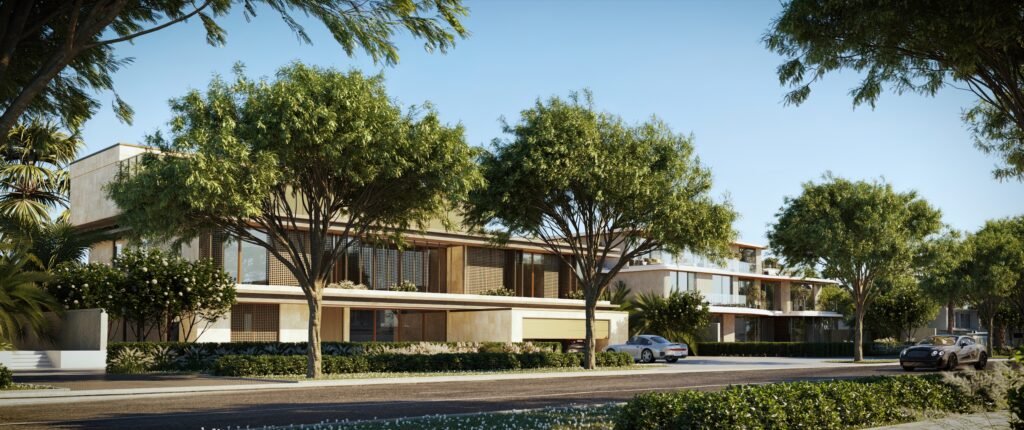2D vs 3D Rendering: What’s the Difference?

At ArchiRender3D, we often speak with clients who ask: What exactly is the difference between 2D and 3D rendering? When should I choose one over the other? These questions make sense. Visuals are central to architecture and design. Whether it is a technical floor plan or a marketing image, your choice of rendering approach shapes how your ideas will be understood. From our experience providing 3D rendering services for architects, designers, developers, and homeowners, we have found that clients often feel uncertain at this early decision point. Some instinctively assume that 3D architectural rendering is automatically better because of its realism and sophistication, while others worry about cost or complexity. In this guide, we will walk through what we have learned from real-world projects and client interactions to explain the difference between 2D and 3D rendering, share the pros and cons, and help you decide which might work best for your project. Introduction: Why This Distinction Matters At ArchiRender3D, we work closely with architects, interior designers, developers, and homeowners who want their projects to be understood, appreciated, and approved. In almost every conversation, one fundamental question eventually comes up: Should I request a 2D rendering or a 3D rendering? The question sounds simple, but the choice you make can significantly affect how your design is perceived and understood. Whether you are preparing technical documentation for submission to a planning authority, working through early design iterations, or trying to market a property before construction begins, understanding the strengths and limitations of 2D vs 3D rendering is essential. Visual communication is a critical tool in architecture and design. A well-chosen rendering can help turn a client’s vague idea into a clear vision, win over investors, and provide clarity to contractors and regulators alike. What complicates matters is that many people assume 3D renderings are simply “better” because they look impressive and realistic. But this assumption does not always hold true. In fact, there are plenty of scenarios where 2D renderings are the most practical, effective, and economical choice. In this post, we draw on our real-world experience delivering hundreds of renderings for diverse clients across industries. We will explore what 2D and 3D rendering really mean, how they differ, where they excel, and why each remains important in today’s architecture and design workflow. This is not a theoretical guide—it reflects what we see working (and not working) on real projects every day. And while we will highlight common differences, we also acknowledge that sometimes things are not so clear-cut. Our goal is to help you make an informed decision based on your project’s goals, your audience, and your budget. What is 2D Rendering? 2D rendering creates flat, two-dimensional images like plans, sections or elevations. It shows layouts and dimensions clearly and is the most common format for technical documentation. These drawings help planners, contractors and architects understand a design quickly but they do not simulate the real-world experience of the space. 2D renderings can include added colors or textures to improve readability, but they remain fundamentally abstract representations. What is 3D Rendering? 3D architectural rendering is the process of producing a photo-realistic image of a space or design using specialized computer-aided design (CAD) software. It allows architects, designers, and clients to visualize a building, room, or object as it might appear in real life. Unlike a flat drawing that shows only length and width, a 3D render introduces depth perception, giving viewers a much clearer sense of spatial relationships and scale. At its core, 3D architectural rendering involves several steps: creating a detailed 3D model, applying textures and materials, setting up realistic lighting conditions, positioning a virtual camera, and then generating the final image using sophisticated rendering techniques. But 3D rendering is not simply about showing a design from one angle. What we have found in our work with clients at ArchiRender3D is that computer-generated renderings offer extraordinary design flexibility. Once we build a 3D model, we can quickly generate multiple views, zoom in on details, or simulate different finishes and lighting conditions. This flexibility means that a single 3D model can serve many purposes — from concept development to marketing visuals. It seems that one of the key differences between 3D rendering and 2D drawings lies in this immersive quality. A 2D floor plan or elevation provides essential information for professionals but can feel abstract to clients or investors. 3D renderings appear to bridge that gap by showing what a design might feel like once built. However, it is worth noting that while a photo-realistic image can look incredibly convincing, it remains a simulation. Materials, lighting, and reflections are all calculated digitally and are subject to interpretation based on software settings and artistic choices. We sometimes remind clients that the purpose of a 3D render is to illustrate a design concept clearly but not necessarily replicate exact real-world conditions down to the last detail. In practice, 3D architectural rendering has become an invaluable tool when helping clients make decisions or visualize spaces that do not yet exist. It helps them anticipate how a space will look and function, encourages meaningful dialogue between designers and clients, and reduces uncertainty but we also emphasize that 3D visuals should be viewed as part of the design process, not a literal promise of the final result. Key Differences at a Glance Aspect 2D Rendering 3D Rendering Perspective Flat, plan or elevation Depth, simulated viewpoint Detail Technical clarity Photorealistic detail Audience Professionals, regulators General clients, buyers Speed Faster to produce Longer production time Cost More affordable Higher due to complexity Flexibility Fixed views Multiple viewpoints possible When to Use 2D Rendering In our work, 2D rendering continues to serve an important role. You may prefer 2D rendering if you need: Clear technical documentation Drawings for submission to regulatory authorities Quick visual support for internal design discussions Early-stage sketches without finalized details Many architects still choose 2D renderings for concept presentations because they allow for faster feedback and easier revision. When 3D Rendering is a Better Fit
